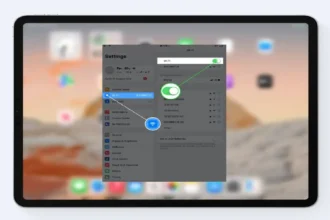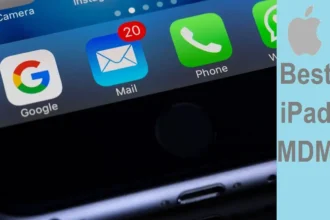As an iOS developer, you are aware of the need of having a streamlined and effective delivery procedure for your software. AWS CodePipeline for iOS is one such tool I’ve found that can assist you in achieving this. You can automate this procedure with the aid of Amazon Web Services (AWS) CodePipeline’s continuous delivery solution, which will help you save time and work in the process. Let’s talk about it more now, shall we?
What is AWS CodePipeline iOS?
The development, test, and delivery of your applications can all be done with the help of AWS CodePipeline, a fully managed service. To speed up the delivery process, it interfaces with a number of tools and services, including those used for iOS development. You can set up a continuous delivery pipeline with CodePipeline that automatically develops, tests, and deploys your code to a variety of locations, including the App Store, TestFlight, or your own servers.
How to use AWS CodePipeline on an iPhone?
You must use a web browser to access the AWS Management Console in order to use AWS CodePipeline on an iPhone. Although there isn’t a native iOS app for the CodePipeline service, you can use the Safari browser on your iPhone or any other web browser on any device to access the AWS Management Console.
You can construct and manage pipelines, check pipeline history and logs, and keep track of the progress of your deployments once you’ve logged in. You must set up a pipeline that interfaces with the iOS development tools you use, such as Xcode, AWS CodeBuild, or AWS CodeDeploy, in order to use CodePipeline for iOS development.
The three primary steps for setting up a pipeline in CodePipeline are simple:
1. Source: In this phase, you identify the repository that houses the source code for your iOS application. Several well-liked source control programs are supported by CodePipeline, including Git, Subversion, and AWS CodeCommit.
2. Build: In this stage, you choose the tools and build environment you’ll use to create and test your application. You might compile and test your code for iOS development using Xcode or AWS CodeBuild.
3. Deploy: In this stage, you define the environment where your application will be installed. This might be your own servers, TestFlight, or the App Store for iOS applications.
Once your pipeline is setup, each time you make changes to your source code, CodePipeline will automatically build, test, and deploy your iOS application. This makes it easier for you to guarantee that your apps are constantly current and prepared for deployment.
To conclude:
AWS iOS developers that want to automate the delivery of their applications can use this powerfultool called CodePipeline.CodePipeline can assist you in streamlining the delivery procedure and reducing time and effort in the process, whether you are developing applications for the App Store, TestFlight, or your own servers. Always choose what is best for you and AWS CodePipeline is one of them.
Until next time, with another topic. Till then, Toodles.





